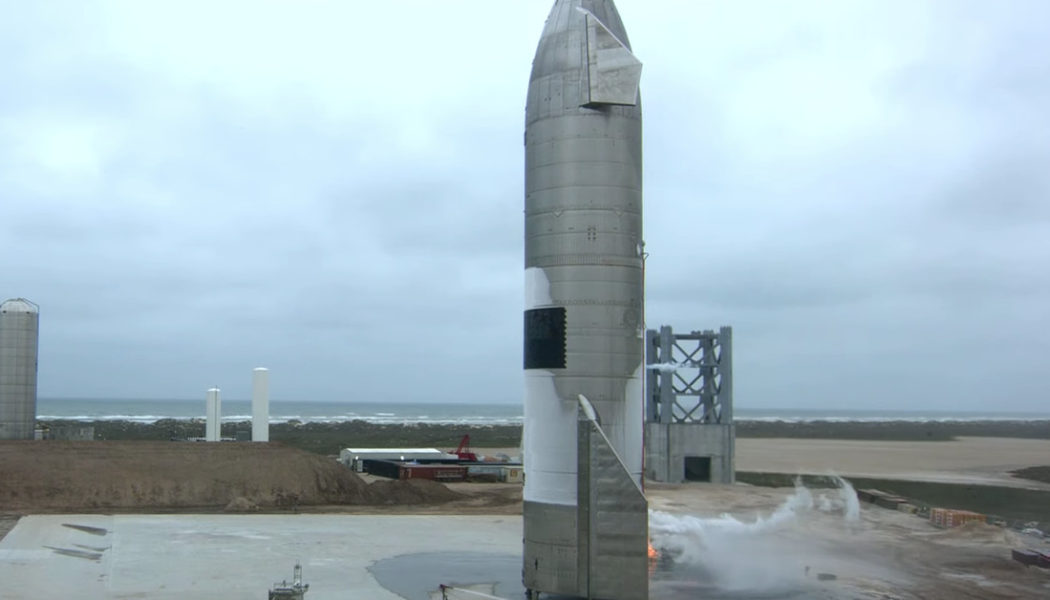
SpaceX launched a high-altitude Starship prototype rocket and successfully landed it for the first time on Wednesday, overcoming a key technical challenge in Elon Musk’s whirlwind test campaign to build a fully reusable Mars rocket. Musk has said the SN15 rocket contained “hundreds of design improvements” over past high-altitude prototypes, which were all destroyed during explosive landing attempts.
Starship SN15 lifted off at 6:24PM ET from SpaceX’s remote Boca Chica, Texas facilities, soaring over 6 miles in the sky to test a number of in-flight maneuvers. As it neared peak altitude, SN15’s three Raptor engines gradually shut down to begin a horizontal free-fall back toward the ground before reigniting two of its engines to execute a complex “landing flip maneuver,” where it shifts itself vertical for a slow touchdown.
The rocket deployed a set of tiny legs and landed firmly on a concrete pad not far from its launchpad, becoming the first Starship prototype to survive its high-altitude flight. A small fire appeared near the base of the rocket after landing — “not unusual with the methane fuel that we’re carrying,” SpaceX engineer and livestream announcer John Insprucker said — but was extinguished a few minutes later.
“Starship landing nominal!” Musk tweeted about seven minutes after SN15’s touchdown, declaring success.
Starship landing nominal!
— Elon Musk (@elonmusk) May 5, 2021
SN15’s successful landing marks a major milestone in SpaceX’s Starship test campaign. All four high-altitude prototypes that came before it suffered an explosive fate upon attempting to land — either on, shortly before, or moments after the touchdown.
SpaceX’s Starship system is designed as a fully-reusable rocket system made for sending humans and up to 100 tons of cargo to the Moon and Mars. The 16-story-tall high-altitude prototypes like SN15 represent just the top half of Starship. The bottom half will be a towering “super-heavy” booster that will help launch Starship’s top half off Earth before returning back to land.
Developing…










